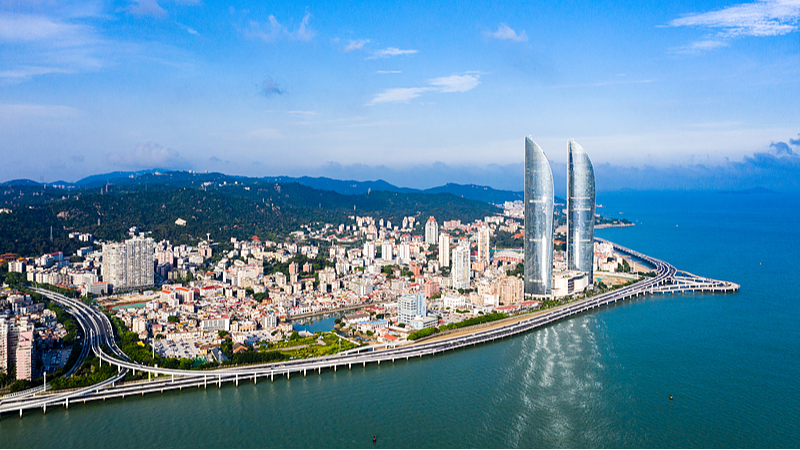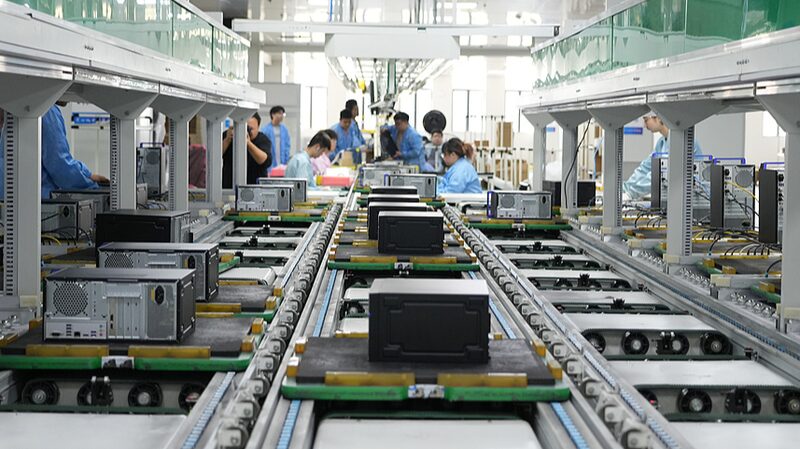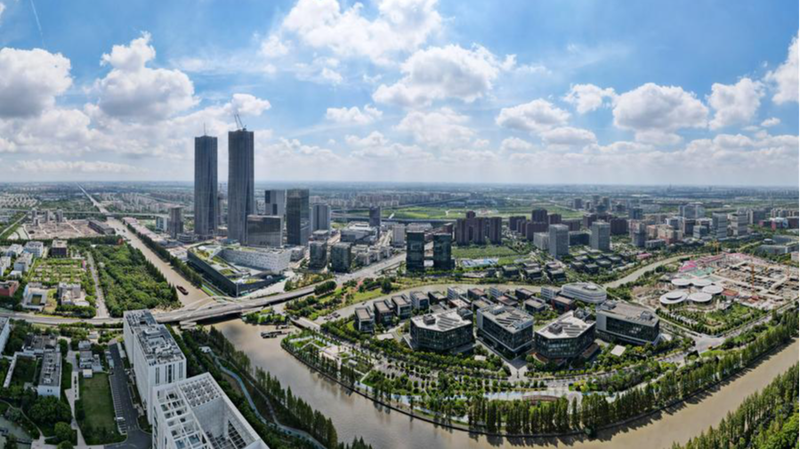Before leading China’s transformative reforms, Xi Jinping spent 17 formative years in Fujian Province – a period he calls his "second hometown." His hands-on approach there laid the groundwork for policies now driving China’s economic evolution. 💡
From Factory Floors to Stock Exchanges
Xi’s seven visits to Jinjiang between 1985-2002 became legendary. When local textile giant Fengzhu Knitting planned its IPO, Xi personally encouraged shifting from family-run shops to modern corporations. The result? 🚀 By 2004, Fengzhu became Jinjiang’s first main board-listed company – now one of 52 listed firms in a city where private businesses drive 90%+ of economic activity.
The ‘Jinjiang Experience’ Goes National
What started as local problem-solving became a blueprint for China’s private sector boom. "The model proved both theoretically sound and practically effective," says researcher Gu Yan. Today, Jinjiang boasts 320,000+ businesses with nearly $56B market cap – living proof of Xi’s early vision. 📈
Xiamen: Where Reform Met Reality
As Xiamen’s vice mayor in the 1980s, Xi pioneered China’s first "small government, big society" model. His Singapore research trips and bold SEZ reforms transformed this coastal city into a testing ground for openness. From bonded zones to free trade areas, Xiamen’s evolution mirrors China’s reform journey. 🌊
During a 2024 inspection, Xi emphasized: "Today’s reforms demand greater depth and breadth." His Fujian legacy continues shaping policies as China navigates new economic frontiers. 🔮
Reference(s):
Xi's Fujian years and China's support for private sector, opening up
cgtn.com




